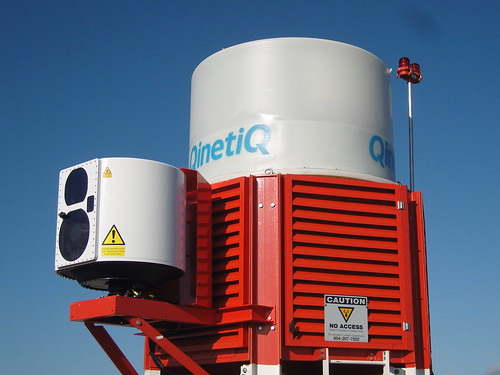Xsight have announced the launch of a “new” product, named FODetect-intersections, here’s a quote from the press release:
Following demand from the world’s largest airports, Xsight Systems announces FODetect-Intersections; the first and only product offering low cost coverage for a single or small number of locations.
The current FODetect system uses a high number of short range sensors to cover a runway, while iFerret uses around 10, and Tarsier just 2 or 3. It’s clear to see that this “new” product from Xsight is trying to play to their strengths, it’s economically viable to deploy a single Xsight sensor (low-cost, short range) to cover a small intersection, it might even be practical to use an iFerret sensor, but a Tarsier sensor? with it’s greater than 1km range? One advantage of the Tarsier system is the fact that it can cover an entire runway with just 2-3 sensors, greatly minimising disruption to the airfield, but this makes the system quite impractical (well, uneconomical) for covering small areas, such as intersections. It’s clear to see why Xsight are now concentrating on these areas. But let’s be clear, this is not the only reason Xsight have diversified, FODetect is the only system so far to have not made a single sale, if FODetect were selling well I doubt very much they would be diversifying with this new Intersections product.
It’s not dissimilar to the direction in which Stratech are taking their iFerret system, they have been emphasising the fact that their system can be deployed on aprons, while the QinetiQ team and their Tariser system continue to concentrate on runways. It’s interesting to see this fragmentation occur, could we one day see all three systems deployed at a single airport? Tarsier covering the runways, iFerret the taxiways and aprons, and FODetect-Intersenctions, the intersections? God I hope not, at least not yet, these systems all have their proprietary data formats, and would all require an extra console in the ops centre. The fact that the current systems on the market do not share a common data format is something I will write about at a later date. As the guy behind the Tarsier Toolbox I have very strong feelings regarding FOD data, and how it could (should) be recorded in a common format, and even shared with the rest of the aviation industry, in much the same way as bird strike data is, but more on that at a later date. Read the rest of this entry »







